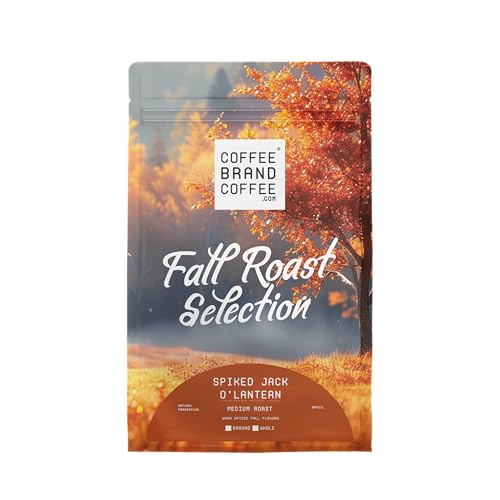Single-Origin vs Blend Coffee Guide
When buying coffee beans online or at your local roaster, chances are you’ve come across “singleorigin” and “blend” labels. But what do they really imply and how will they influence the flavor in your cup?
Let’s get to the bottom of it and assist you in making the right choice for your next cup.
What is SingleOrigin Coffee?
Singleorigin coffee originates from only a single geographic location. That could be as broad as a country or as limited as a single farm or cooperative.
- Flavor Profile: Unique, identifiable, and typically more delicate
- Best For: Experimenting with regional flavor and terroir
- Ideal Brew Methods: Pourover, AeroPress, or manual brewing techniques that emphasize fine flavors
Singleorigin coffees are ideal for those who want to experience the distinct character of a location, like floral Ethiopian Yirgacheffe or chocolatey Guatemalan Antigua.
What Is a Coffee Blend?
A blend utilizes beans from multiple origins to yield a unified and predictable flavor. Roasters typically produce blends to offer a specific taste experience or to balance out acidity, sweetness, and body.
- Flavor Profile: Unified, approachable, and reliable
- Best For: Everyday drinkers and espresso lovers
- Perfect Brew Methods: Espresso, drip coffee, or French press
Blends are typically crafted with balance in mind and may include beans from Latin America, Africa, and Asia to find the perfect notes in every sip.
Which One Should You Select?
Depends on your goal and preference:
- Intrigued by origin flavors: Experiment with singleorigin
- Seek consistency: Go for a mix
- New to specialty coffee: Begin with a skillfully made mix
- Looking to experiment and discover: Sample several singleorigins
What We Recommend
- SingleOrigin Samplers: Experiment with several small bags from various countries.
- Signature Espresso Blends: Perfect for dialing in home espresso.
- Subscription Services: Most of the roasters offer rotating single origin or blend options.












